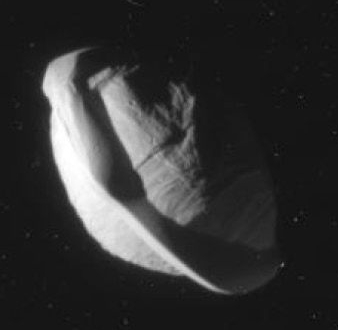Parachute tests for Boeing Starliner
Boeing’s Starliner spacecraft has successfully completed a parachute test at New Mexico’s Spaceport America.
Uniquely, this test wasn’t conducted via the use of a helicopter of an aircraft – as seen with other vehicles, such as the Orion spacecraft. Boeing was not able to fit the Starliner test article into the hold of a C-130 or C-17 aircraft, so they instead used a 1.3-million-cubic-foot balloon, which is able to lift the capsule to its intended altitude.
The test went well, with Starliner released from the balloon, deploying two drogue parachutes at 28,000 feet to stabilize the spacecraft, then its pilot parachutes at 12,000 feet. The main parachutes followed at 8,000 feet above the ground prior to the jettison of the spacecraft’s base heat shield at 4,500 feet. Finally, the spacecraft successfully touched down.
The article once again makes note of NASA’s fake concern over the Atlas 5 rocket. The concern isn’t that the rocket isn’t reliable. The concern is that Boeing hasn’t yet gotten NASA’s certification that it is reliable. In other words, because NASA hasn’t signed a piece of paper stating the obvious fact that the Atlas 5 is safe, Boeing’s Starliner cannot be considered safe.
Boeing’s Starliner spacecraft has successfully completed a parachute test at New Mexico’s Spaceport America.
Uniquely, this test wasn’t conducted via the use of a helicopter of an aircraft – as seen with other vehicles, such as the Orion spacecraft. Boeing was not able to fit the Starliner test article into the hold of a C-130 or C-17 aircraft, so they instead used a 1.3-million-cubic-foot balloon, which is able to lift the capsule to its intended altitude.
The test went well, with Starliner released from the balloon, deploying two drogue parachutes at 28,000 feet to stabilize the spacecraft, then its pilot parachutes at 12,000 feet. The main parachutes followed at 8,000 feet above the ground prior to the jettison of the spacecraft’s base heat shield at 4,500 feet. Finally, the spacecraft successfully touched down.
The article once again makes note of NASA’s fake concern over the Atlas 5 rocket. The concern isn’t that the rocket isn’t reliable. The concern is that Boeing hasn’t yet gotten NASA’s certification that it is reliable. In other words, because NASA hasn’t signed a piece of paper stating the obvious fact that the Atlas 5 is safe, Boeing’s Starliner cannot be considered safe.




